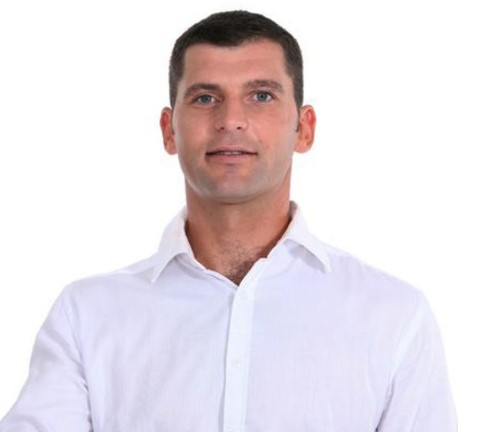
Accurate readings in analytical balances
Submitted by:
Andrew Warmington
Kevin Hill of Quality Scales Unlimited offers some must-follow tips for accurate weighing of laboratory samples
It is easy to assume that using the right kind of analytical balance as per your weighing purpose is enough to weigh laboratory samples accurately. But what’s even more important is handling the balance and weighing samples with care.
Why? Analytical balances are often subject to reading errors if not handled properly. The reason is that they are extremely sensitive and their readings can easily be affected by small factors such as:
* Temperature
* Vibrations
* Fingerprints
* Magnets
* Air drafts
* Slope
So, here are some best weighing practices that you must follow to ensure accurate readings.
Calibrate the balance regularly
Calibration is extremely important to winning customers’ confidence since it ensures accurate results and decreases the risk of weighing mistakes. Hence, all analytical balances must be calibrated at regular time intervals.
Calibration involves giving a base value (zero) and establishing the balance’s maximum capacity weight. Once the scale has two extreme and precise values, it can be used to calculate any weight between the base point and the span (maximum point). Make sure to validate calibration as per the recognised national calibration laboratory and use standard processes for daily, weekly and monthly calibration.
Choose the best environment
Factors such as air pressure, humidity, vibrations, and temperature that may look insignificant to you can result in inaccurate readings. So, you must be very careful about where you place the scale. Here are some tips to help you:
* Keep the balance in a traffic and vibration-free environment. If that is not possible, use a vibration-absorbing weighing table
* Do not place it under direct sunlight to avoid temperature variation
* Avoid placing it near doors and windows because air drafts can affect the weighing process
* Ensure that weighing chamber doors are properly closed before weighing the samples
* Check the horizontal positioning before weighing loads
Avoid disturbance of any kind
Something as simple as touching the weighing container can affect the reading. So, it is very important to handle the weights properly. Here are some tips:
* Use tongs or gloves while handlings weights, since fingerprints and hand grease can cause reading errors
* Keep the weights back in the slots after use to avoid much environmental exposure
* Use tweezers with rubber-covered tips while handling weights to avoid scratching their surface
* Keep weight from slipping on the weighing surface because friction can cause it to wear, which leads to decreased mass
Follow the right weighing measures
Simple mistakes while weighing can lead to errors in reading. You can avoid them with these tips:
* Weigh the sample in a volumetric flask instead of a butter paper for accurate readings. Place the sample in the scale using a clean, correct size spatula
* Wear a face mask to prevent breath from affecting the reading and a hair mask to prevent hair from falling anywhere near the scale
* Before recording the reading, allow the reading to stabilise because fluctuating readings are often incorrect. Be extra careful while recording small weights
* Use a printer for directly printing the weight slips, to avoid transcription errors
Avoid sample contamination
Your sample can get contaminated with what was weighed previously. So, do not forget to clean the balance after its use. Leave it exactly the way you would like to see it next time and you can easily protect your sample.
There are usually separate cleaning methods for different scales. So, read the cleaning method of your scale and follow it before and after measuring samples. This will also increase the life of your scale and make sure that the readings are as accurate as possible in the future too.
Do not ignore all these practices and ensure that you are using just the right kind of scale best suited for your weighing requirements. However, if you find these practices difficult to follow diligently, you can consider buying advanced balances with internal static eliminators. There are plenty of options available in the industry.
Contact
Kevin Hill
www.scalesu.com
